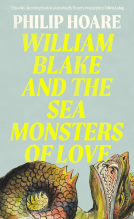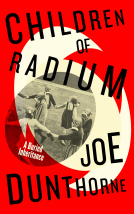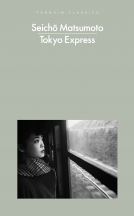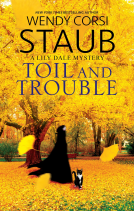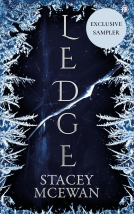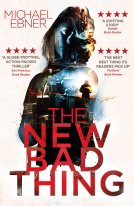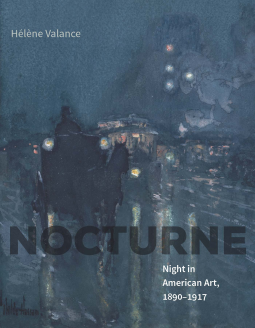
Nocturne
Night in American Art, 1890–1917
by Hélène Valance
This title was previously available on NetGalley and is now archived.
Buy on Amazon
Buy on Waterstones
*This page contains affiliate links, so we may earn a small commission when you make a purchase through links on our site at no additional cost to you.
Send NetGalley books directly to your Kindle or Kindle app
1
To read on a Kindle or Kindle app, please add kindle@netgalley.com as an approved email address to receive files in your Amazon account. Click here for step-by-step instructions.
2
Also find your Kindle email address within your Amazon account, and enter it here.
Pub Date 17 Jul 2018 | Archive Date 22 Jun 2018
Talking about this book? Use #Nocturne #NetGalley. More hashtag tips!
Description
A beautifully illustrated look at the vogue for night landscapes amid the social, political, and technological changes of modern America
The turn of the 20th century witnessed a surge in the creation and popularity of nocturnes and night landscapes in American art. In this original and thought-provoking book, Hélène Valance investigates why artists and viewers of the era were so captivated by the night. Nocturne examines works by artists such as James McNeill Whistler, Childe Hassam, Winslow Homer, Frederic Remington, Edward Steichen, and Henry Ossawa Tanner through the lens of the scientific developments and social issues that dominated the period. Valance argues that the success of the genre is connected to the resonance between the night and the many forces that affected the era, including technological advances that expanded the realm of the visible, such as electric lighting and photography; Jim Crow–era race relations; America’s closing frontier and imperialism abroad; and growing anxiety about identity and social values amid rapid urbanization. This absorbing study features 150 illustrations encompassing paintings, photographs, prints, scientific illustration, advertising, and popular media to explore the predilection for night imagery as a sign of the times.
The turn of the 20th century witnessed a surge in the creation and popularity of nocturnes and night landscapes in American art. In this original and thought-provoking book, Hélène Valance investigates why artists and viewers of the era were so captivated by the night. Nocturne examines works by artists such as James McNeill Whistler, Childe Hassam, Winslow Homer, Frederic Remington, Edward Steichen, and Henry Ossawa Tanner through the lens of the scientific developments and social issues that dominated the period. Valance argues that the success of the genre is connected to the resonance between the night and the many forces that affected the era, including technological advances that expanded the realm of the visible, such as electric lighting and photography; Jim Crow–era race relations; America’s closing frontier and imperialism abroad; and growing anxiety about identity and social values amid rapid urbanization. This absorbing study features 150 illustrations encompassing paintings, photographs, prints, scientific illustration, advertising, and popular media to explore the predilection for night imagery as a sign of the times.
A Note From the Publisher
256 pp.;
8 1/2 x 11;
116 color + 35 b/w illus.
8 1/2 x 11;
116 color + 35 b/w illus.
256 pp.;
8 1/2 x 11;
116 color + 35 b/w illus.
Advance Praise
“Hélène Valance has written a much-needed history of how image makers reacted to the ways in which the American night was lit, exploited, and commercialized from the turn of the twentieth century until the U.S. entry into World War I.”—William Sharpe, caa.reviews
Available Editions
| EDITION | Other Format |
| ISBN | 9780300223996 |
| PRICE | US$55.00 (USD) |
| PAGES | 256 |
